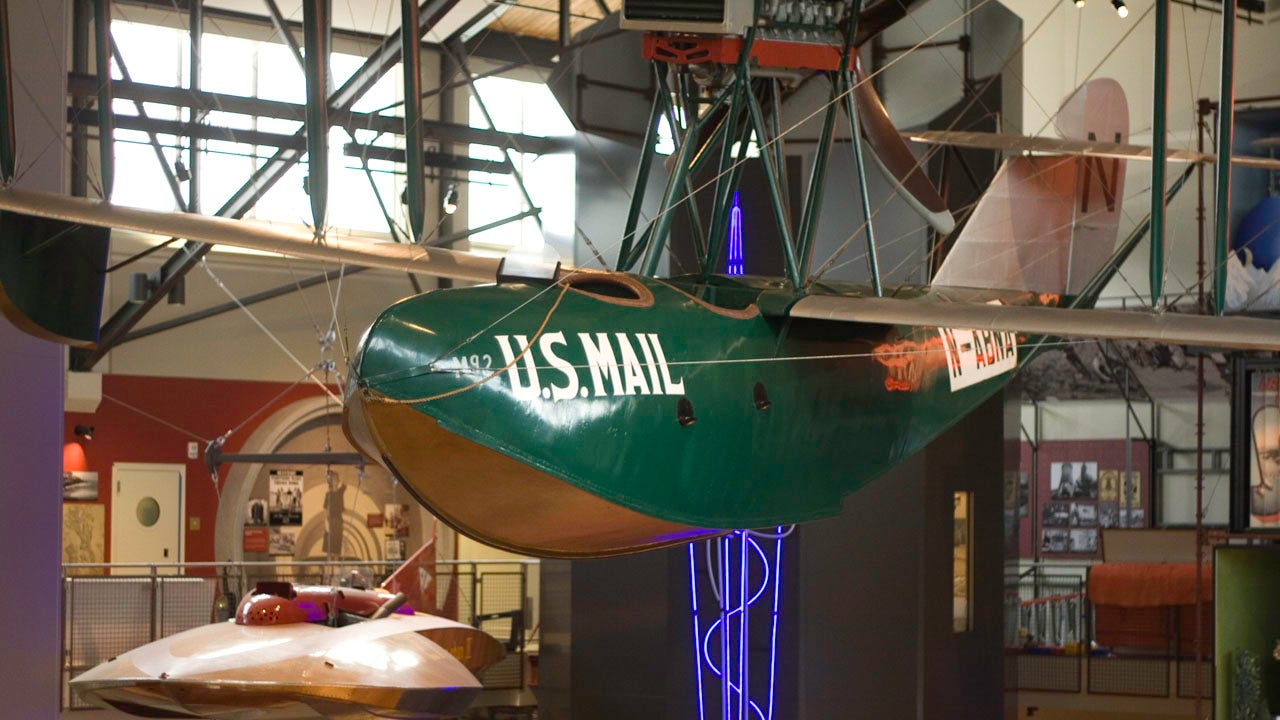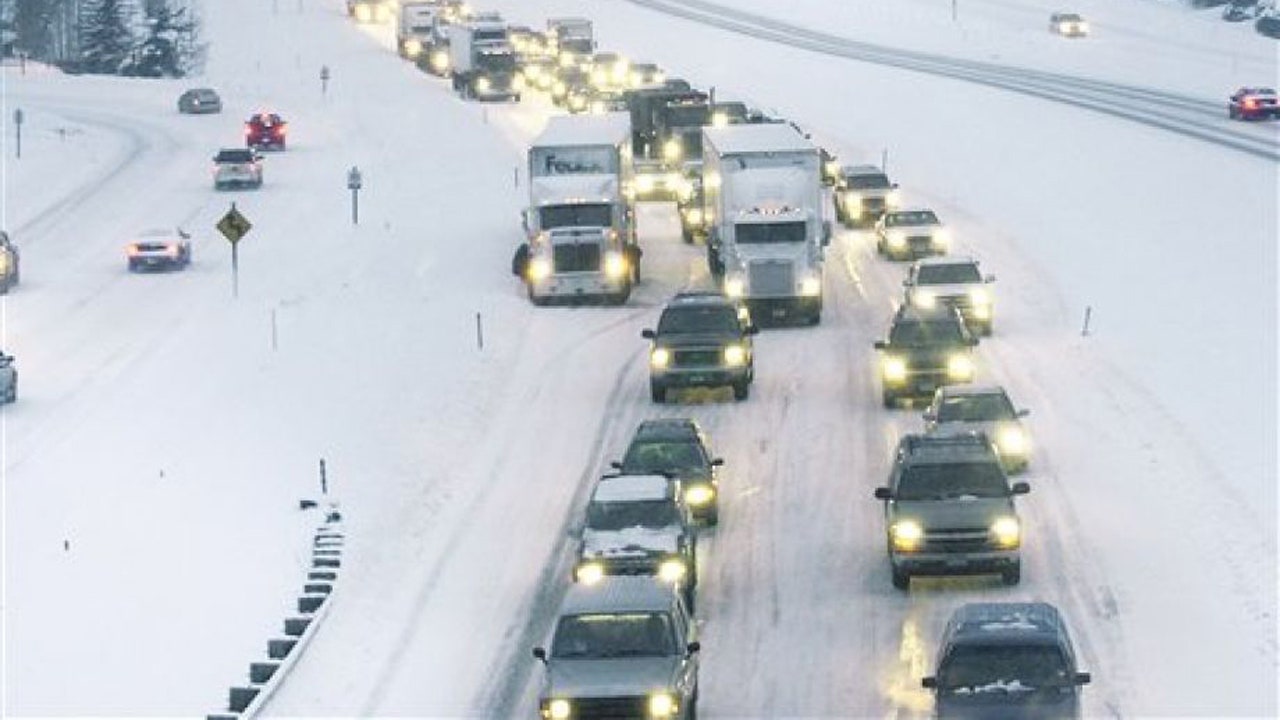If you hear about an airfare hike – and I’ve been reporting on a couple the last few weeks – don’t panic.
Don’t panic because to a certain extent, there’s not a lot you can do since businesses raise prices when they need or want more revenue.
However, airfare hikes are a little different and knowing the difference can save you money. For instance, an airfare hike is never a sure thing because airlines use them to gauge customer demand. If it appears customers would rather stay home than pay more for flights, hikes roll back.
So if you hear of prices going up, here’s what you do:
1. Wait it out.
By the time most people hear an airline has launched a fare hike, the higher prices are already in place. At this point, do not shop, just wait. Let the hike play out through the weekend.
Weekends are usually when competing carriers join hikes but by late Sunday or early Monday, some have second thoughts, and prices get rolled back. It happened this past weekend but unfortunately, some bought tickets over the weekend before the rollback.
Tip: Wait until Tuesday. If a hike is rolled back, chances are it will happen by this point but Tuesday is also the day when most airlines launch sales, and sales in the immediate aftermath of a successful hike are usually not affected by the new higher prices.
2. Fly other airlines
Not all airlines participate in hikes, and some airlines join in only a few. Those that don’t always follow the herd on hikes include Allegiant, Frontier, JetBlue and Spirit. Not sure if an airline has hiked its fares or not? Always compare airfares every time you shop.
3. Fly later.
If an airfare hike is a done deal, try flying in the off season to lower costs. Instead of July, consider a summer vacation starting around Aug. 25. Or fly during a so-called dead zone such as the first couple of weeks in November, the first couple of weeks in December and most of January and February.
4. Fly the cheaper days.
You will almost always save money by booking tickets for the least popular days to fly: Tuesdays, Wednesdays and Saturdays.
5. Fly short hub-to-hub trips.
Flights of about 90 minutes or so between large hub airports are typically immune to wild price swings, even during holiday periods.




Leave a Reply